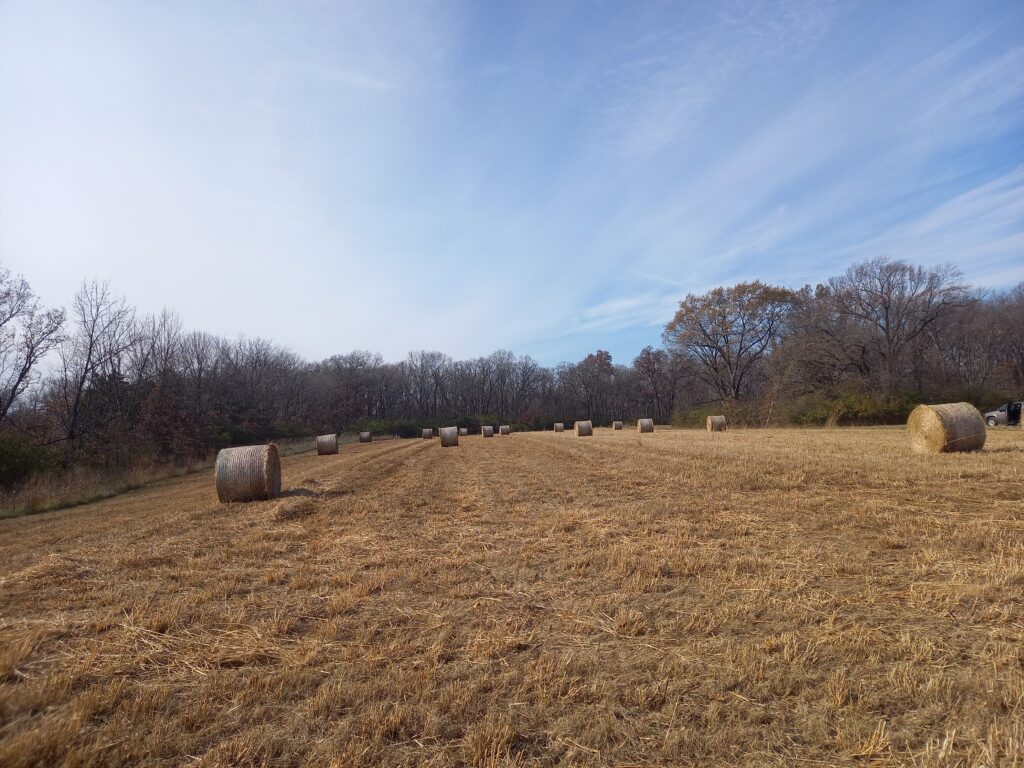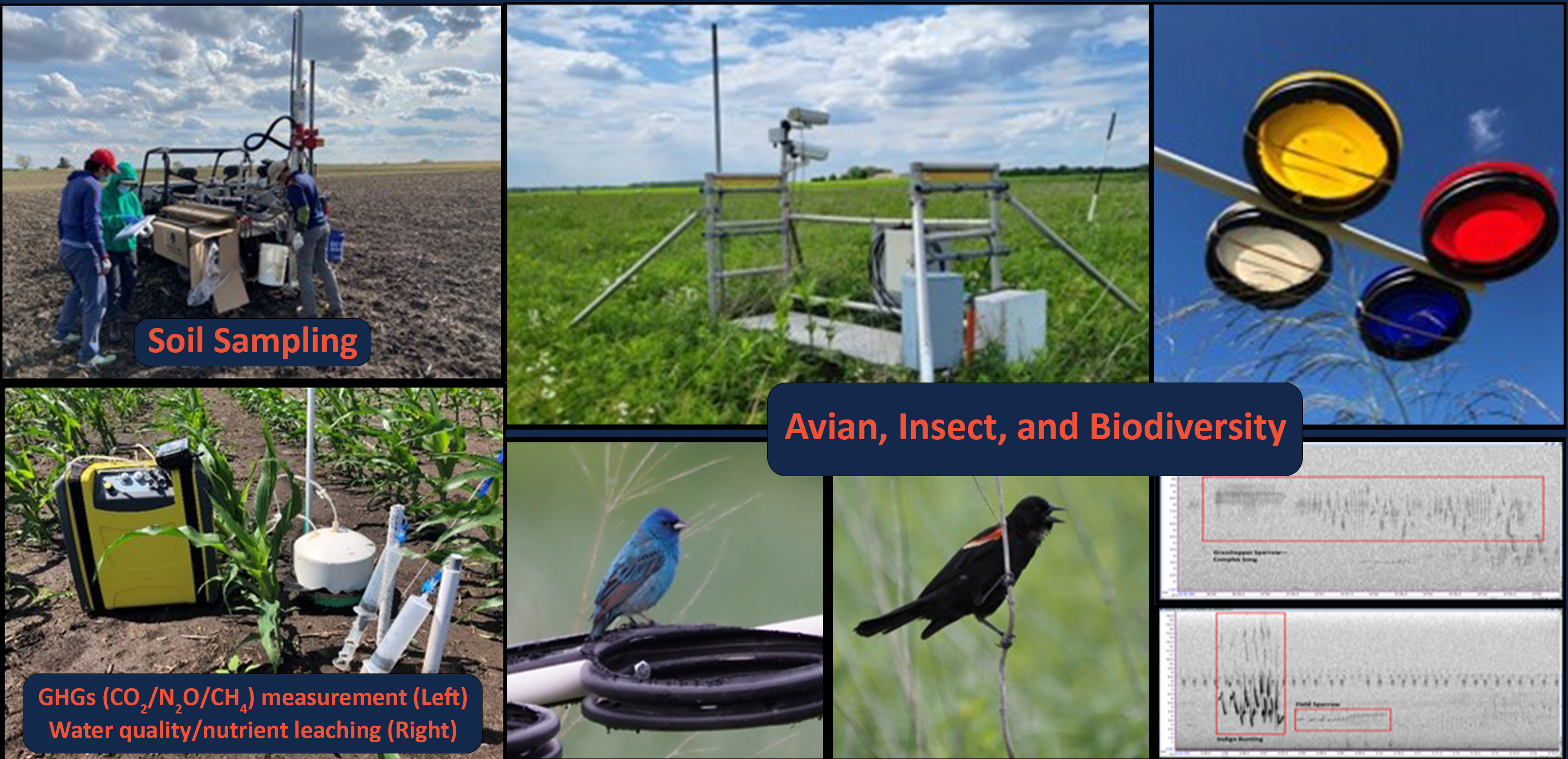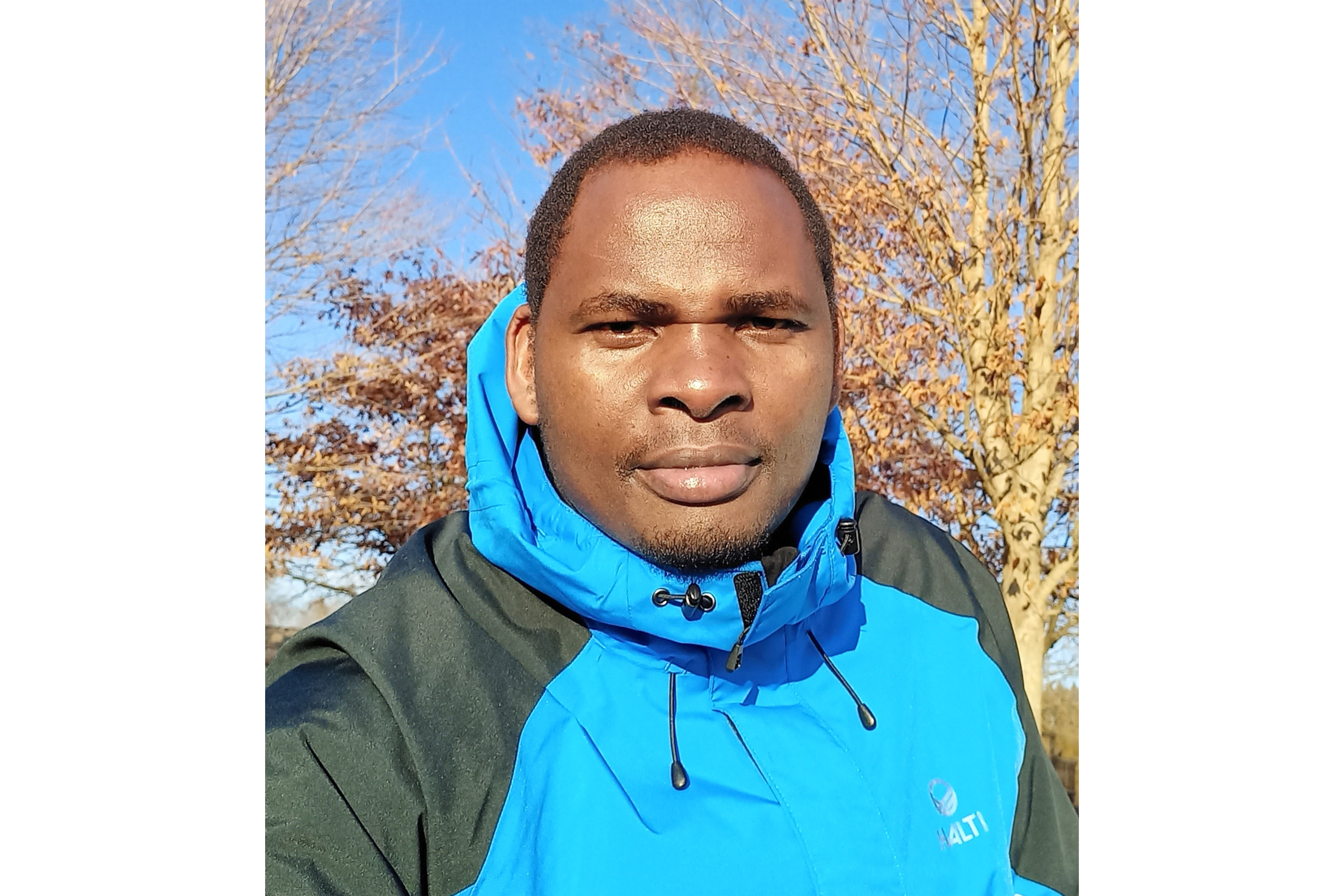Next-Generation Feedstocks for the Emerging Bio-Economy

The Affordable and Sustainable Energy Crops (ASEC) is a five-year collaborative project funded by the U.S. Department of Energy Bioenergy Technologies Office (DOE-BETO). Project partners include University of Illinois Urbana-Champaign, South Dakota State University, USDA-ARS, Argonne National Laboratory, Idaho National Laboratory, and Antares Group Inc. The concept of this project is to integrate perennial energy crops like switchgrass on marginally or environmentally sensitive crop land portions to improve farm income revenue and ecosystem services while providing sustainable bioenergy feedstocks.
We have established field-scale switchgrass production system in marginal fields in IA, IL, NE, and SD, where we evaluate newly developed high-yielding switchgrass cultivars (Independence, Liberty, and WS10L) against check cultivars (Sunburst and Shawnee) under varying N fertilizer rates for their stand frequency and biomass yield. We then use the data to develop best management practices (BMP). We have also established small-scale plot yield trial for advanced lines of switchgrass, Miscanthus, big bluestem, and prairie cordgrass (that do not have enough seed for field-scale trials) in all the sites. The small-scale trials receive uniform N fertilizer rate, and we measure stand density and quantify biomass at the end of each growing season after a killing frost.
Secondly, we are assessing ecosystem service (ES) provision potential of switchgrass over time under different N fertilizer rates. The ES measurements are performed on the field-scale plots of switchgrass and corn in IL field site (Urbana and Brighton) to compare crop/cultivar type. The ES that we quantify include soil Greenhouse gas emissions (CO2 and N2O fluxes) using a portable gas analyzer; soil water quality (nutrient leaching; NO3, NH4, PO4) using mini rhizons, water quantity (evapotranspiration (ET)) using dataloggers, and soil quality by soil sampling. In addition, we also measure avian and insect biodiversity where we have established insect traps and bird acoustic monitoring devices in IL field sites where we collect data throughout the season targeting periods of flowering (insects) and nesting or migration (birds). We then compare the insect and avian diversity between switchgrass cultivars and the neighboring corn.

Third, the project is using coordinated ground-truth datasets in combination with satellite and UAV based imagery collected across the multiple field sites (IA, IL, NE, and SD) to develop a machine-learning (ML) framework to predict biomass quantity and quality. The training, testing, and validation the ML model and prediction is conducted by ASEC project partners based in Argonne National Laboratory.
We are also determining feedstock harvest and logistics by conducting annual harvest plans, data collection and analysis, and reporting on harvest and logistics activities associated with all field-scale and small-scale plots for this project, as well as estimates of commercial-scale harvest and logistics costs for the new switchgrass varieties and measured yields for all planted and harvested fields and plots. This task is performed by ASEC project partner, Antares Group Inc.

In addition, we are processing biomass samples from all field-scale and small-scale experiments, to generate switchgrass feedstock chemical composition data, and deposit biomass samples and chemical composition data in the Bioenergy Feedstock Library (BFL) at Idaho National Laboratory (INL). The feedstock chemical composition, mineral composition, and saccharification and fermentation potential yields are being completed for biomass—switchgrass, big bluestem, Miscanthus, and prairie cordgrass—grown at both scales by employing NIRS prediction equations and saccharification and fermentation systems (SSF) to evaluate feedstock quality and ethanol yield.
Using all these data, we are currently conducting technoeconomic analysis to develop a regional feedstock cost-rate models for delivering switchgrass feedstock to biorefinery. The end goal is to develop a cost rate model to meet BETO target of $84/ton delivery with more than 6 ton/ac.

Income from corn, soybean, and a hypothetical corn–soybean rotation compared to switchgrass at various biomass yields using three billion-ton report farmgate prices ($44 Mg−1, $66 Mg−1, $88 Mg−1). The 10.45 Mg ha−1 line (green) represents the annualized biomass yield calculated from field-scale data. (Namoi et al. 2022 https://doi.org/10.1002/glr2.12017)
ASEC Project Members

Daniel Wasonga
Postdoctoral Research Associate

Nictor Namoi
Graduate Student (PhD)

Umer Arshad
Postdoctoral Research Associate

Heesu Jeon
Graduate Student (MS)